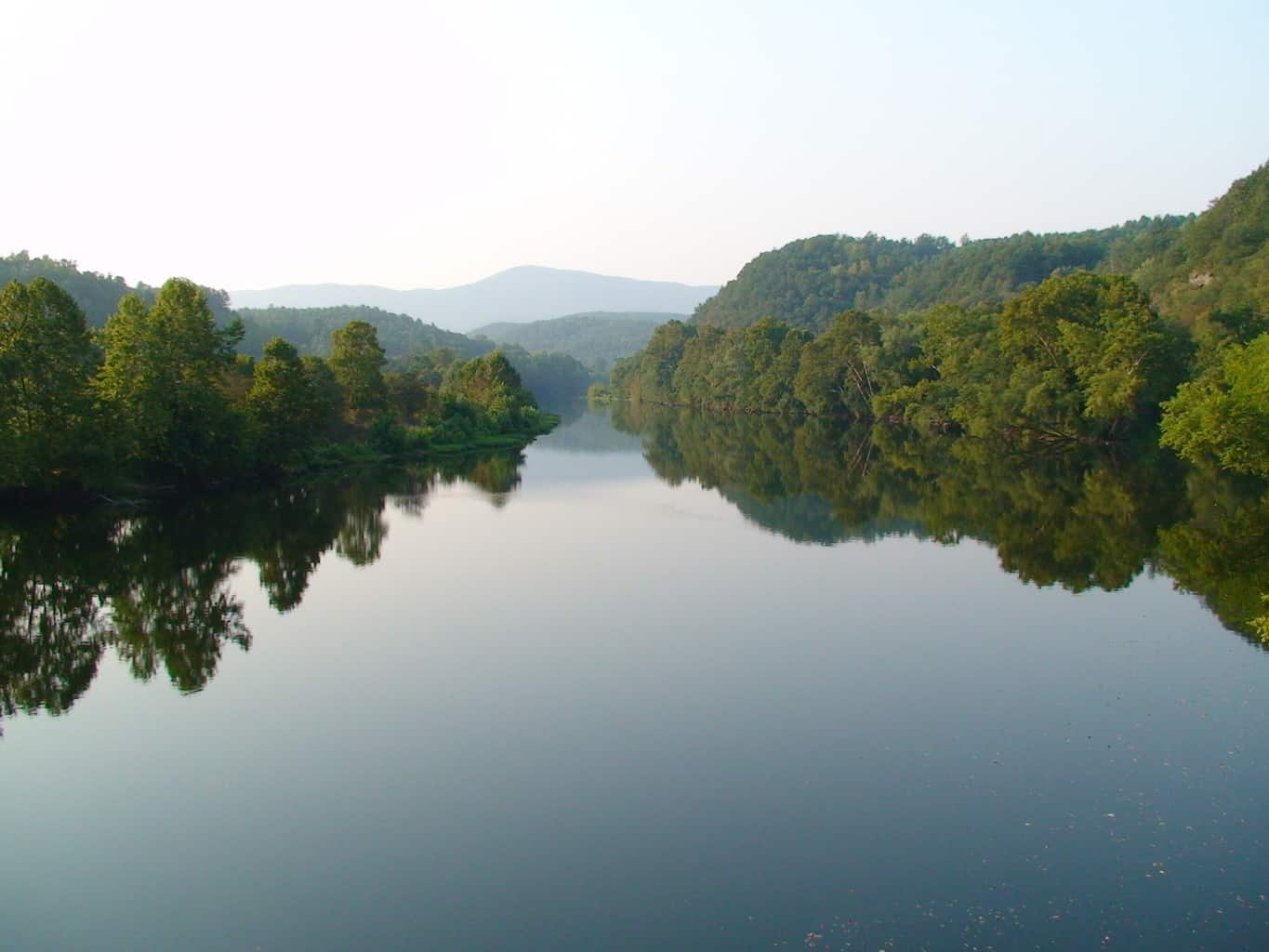By Karl Blankenship, Bay Journal News Service
The Chesapeake Bay region reduced the estimated annual amount of nitrogen pollution reaching the Bay by about 1 million pounds in 2021, according to computer model estimates released Wednesday.
That leaves the region with 41 million pounds of nitrogen reductions left to achieve its 2025 cleanup goal. But if progress continues at the 2021 rate, it will take Bay states another 40 years to reach that goal.
The figures, part of the annual update from the state-federal Bay Program partnership, is the latest indication that the region is unlikely to meet its nutrient reduction goal on time—or anytime in the near future.
Overall, the figures show that since the new Bay cleanup plan was established in 2010, the region has achieved about 42% of its nitrogen reduction goal, leaving just four years to do the bulk of the work.
An overload of the nutrients nitrogen and phosphorus are the main cause of poor water quality in the Bay.
The progress report is better for phosphorus, with the region achieving 64% of its goal to date.
But nitrogen is the most problematic nutrient to control and plays a larger role in fouling the Bay. And the region also faces even greater headwinds in meeting its nitrogen goals than the new figures indicate.
The 2021 figures show that since 2009, the District of Columbia and West Virginia have achieved their nutrient reduction goals. Among other states:
- Maryland has achieved 58% of its nitrogen goal.
- Virginia has achieved 75% of its nitrogen goal.
- Pennsylvania has achieved 22% of its nitrogen goal.
- Delaware has achieved 20% of its nitrogen goal.
- New York has achieved 69% of its nitrogen goal.
According to the model, most nutrient reductions in the watershed last year came from agriculture, with pollution from wastewater treatment plants and runoff from developed lands edging up a bit.
Baywide, the figures show that since 2009, the amount of nitrogen reaching the Bay annually has been reduced from 270.8 million pounds to 240.5 million pounds. The 2025 goal is to have implemented all of the actions needed to reduce nitrogen to 199.3 million pounds. It could take several years for various runoff control actions to become fully effective, though.
But even if the region were to succeed in meeting those 2025 goals, it won’t be enough to reduce nitrogen in the Bay to acceptable levels. That’s because additional loads of the nutrient are now reaching the Bay due to climate change and problems behind the Conowingo Dam.
Bay Program partners are trying to tackle those challenges. They have committed to cutting another 6 million pounds of the annual nitrogen load to offset the filling of the Conowingo Dam reservoir on the Susquehanna River, which has resulted in more nutrients going downstream. And they aim to reduce another 5 million pounds to offset the water quality impacts of climate change.
States each year report what actions they have taken to control nutrients, such as upgrading wastewater treatment plants or installing buffers or other measures that reduce runoff from farms and developed lands.
The Bay Program then uses computer models to estimate the amount of nutrient reductions those actions will achieve.
Most reductions since 2009—the baseline year for measuring progress—have come from upgrading wastewater treatment plants. But nearly all of those plants have been upgraded, so most of the remaining reductions need to come from agricultural lands, which are also the largest source of nutrients reaching the Bay.




